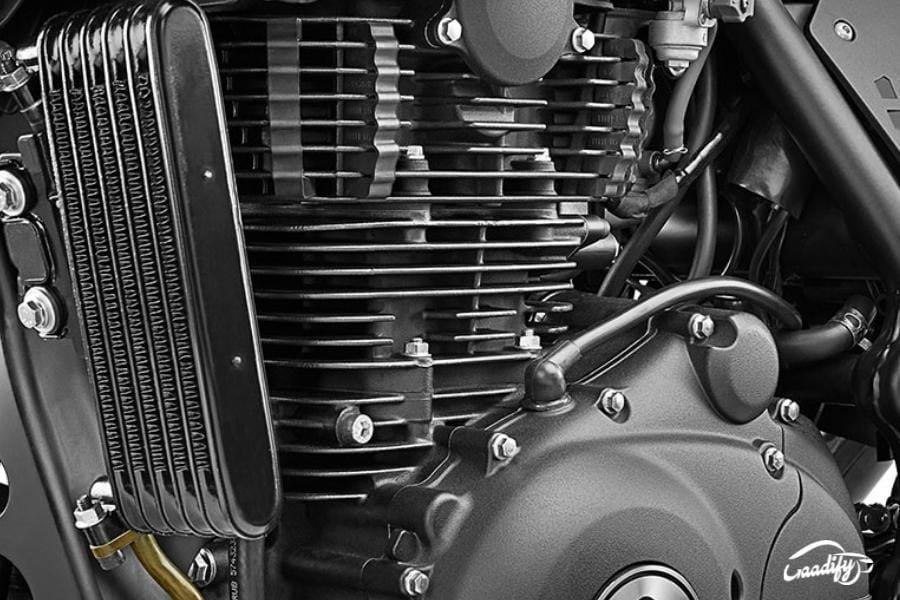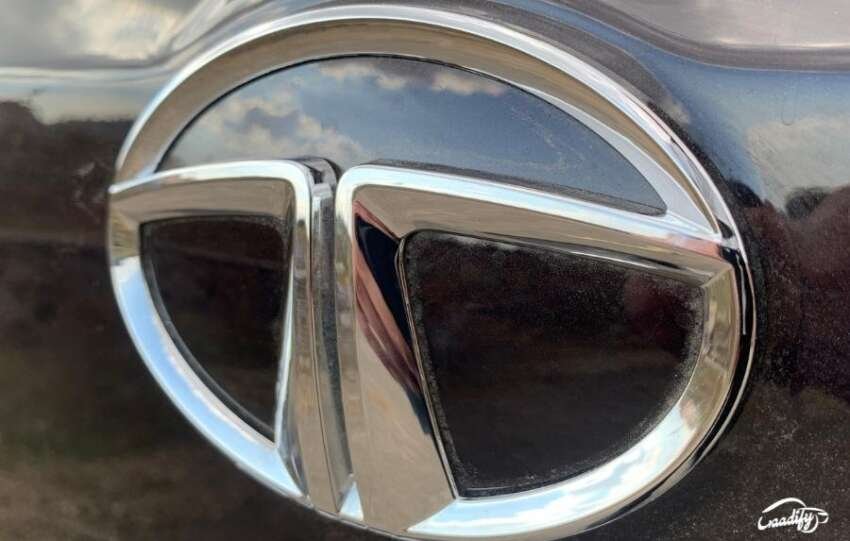The engine is the most essential part of any two-wheeler. Having the engine properly cooled and lubricated will ensure optimum performance and increased longevity, especially in places with an extremely hot climate. Here are the three main engine cooling techniques employed within two-wheelers:
1. Air-Cooled Engines
It is the most commonly used type of cooling technology. The engine temperature is maintained with the help of fins around the engine. The fins increase the surface area for air to pass the exposed engine area so that maximum heat can be pulled away from the engine.
The air fin method is the most cost-effective solution for engine cooling but is also the most inefficient and not recommended for high-speed performance engines.
Also Read: Best Places To Plan A Bike Trip During Summers
2. Oil Cooled Engines
Oil cooled engines make use of the engine oil as the coolant to remove excess heat from the engine. In this, the engine oil passes through the engine during combustion, takes the heat from the engine, and is then funneled through a radiator which cools the oil with the help of fans and air. The cooled oil then goes back into the engine making it a continuous cycle.
Also Read: Top 5 Motorcycles For College Students

They are a formidable upgrade over air-cooled technology as it is much more efficient with not as much of a price increment. Although perfect for commercial bikes, this technology is still not capable to be employed in high-performance bikes.
3. Liquid Cooled Engines
In this technique, a dedicated coolant liquid flows throw the engine via a passage next to it keeping it cool. By continuously passing the coolant through the engine passage, it extracts the heat from the engine keeping the engine at an optimal temperature. It is the most efficient and also the most expensive option, keeping a steady temperature in all types of scenarios regardless of stress on the engine.
Also Read: Helmet Safety Rating Explained – ISI, DOT, SNELL, ECE and SHARP


